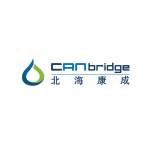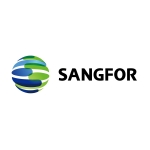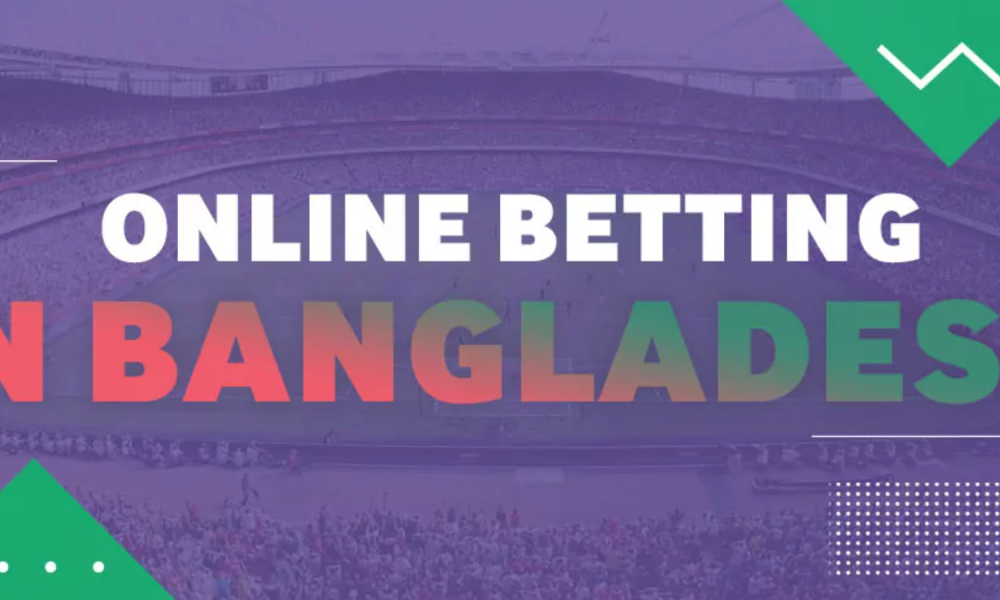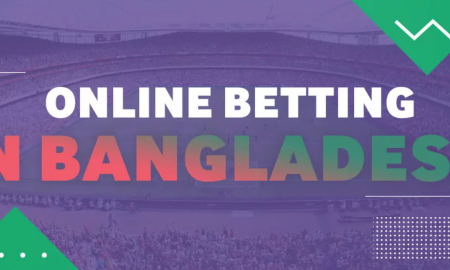DUBLIN--(BUSINESS WIRE)--The "China Glass Container Packaging Market - Growth, Trends, COVID-19 Impact, and Forecasts (2021 - 2026)" report has been added to ResearchAndMarkets.com's offering.
The China Container Glass Packaging market was valued at USD 10.99 billion in 2020, and it is expected to reach a value of USD 14.97 billion by 2026, registering a CAGR of 4.71% over the forecast period (2021-2026).
The demand for glass vials is expected to surge for the supply of COVID-19 vaccines. Many companies have ramped up vials manufacturing to meet any surge in demand for glass vials from the pharmaceutical industry worldwide.
COVID-19 vaccine distribution would require packaging, which requires robust vials that protect their contents and won't chemically react with the vaccine solution. For decades, drugmakers have depended on vials made up of borosilicate glass, though containers crafted from newer materials are also entering the market.
Further, glass has emerged as one of the prominent constituents in the packaging industry. It made considerable inroads over the past few years and influenced the growth of the glass containers market. Glass containers are primarily used as storage in the food & beverage industry. They offer certain advantages over other container types because of their durability, strength, and ability to preserve a food or beverage's taste and flavor.
Glass packaging is 100% recyclable, making it a desirable packaging option from the environmental point of view. 6 ton of recycled glass directly save 6 ton of resources and reduce the emission of CO2 by 1 ton. A recent innovation, such as lightweight and effective recycling, is driving the market. Newer production methods and the recycling effect make it possible to develop more, particularly thin-walled and lightweight glass bottles and containers.
Alcoholic drinks are prominent adopters of glass packaging, as glass does not react with the chemicals present in drinks. Therefore, it preserves these beverages' aroma, strength, and flavor, making it a favorable packaging option. Due to this reason, a majority of the beer volume is transported in glass containers, and this trend is predicted to continue during the study period. According to Banco do Nordeste, in 2023, the annual consumption of alcoholic beverages in China is expected to amount to approximately 51.6 billion liters.
Additionally, other factors driving the growth of the market is the increase in beer consumption. Beer is one of the alcoholic beverages that use glass containers for packaging. It is packed in dark-colored glass bottles to preserve the contents, which are prone to spoilage when exposed to UV light.
Key Market Trends
Higher Disposable Income and Integration in Premium Packaging to Drive the Market
- Glass containers remain one of the most popular packaging types owing to heritage, returnability, and premiumization. Increased urbanization and a higher level of disposable income have propelled the growth of the market studied.
- For instance, According to the World Bank, in 2019, 60.31% of China's total population lived in urban areas and cities. Additionally, According to the National Bureau of Statistics of China, In 2019, the rate of urbanization in different provinces of the country varied from about 88.3% in Shanghai municipality to only 31.5%in Tibet. The national urbanization rate in China reached 60.6% in 2019. This has resulted in a growing demand for food and made China one of the world's largest food and beverage industries.
- According to the National Bureau of Statistics of China, In 2019, the annual per capita disposable income of urban households in the country amounted to nearly CNY 42,359. Annual per capita income in Chinese urban areas witnessed a significant rise over the last decades and is still increasing at a high pace. In the previous few years, per capita disposable income nearly doubled in the country. In 2019, the disposable per capita income in Shanghai amounted to approximately CNY 69,441.6.
- Premium packaging is preferred for glass to convey a high-end luxury appearance. Also, glass is the preferred packaging material for premium products owing to its exclusiveness and aesthetics. Alcoholic drinks are the prominent end-user category of glass packaging due to glass's inherent characteristics, such as its barrier, premium look, chemical inertness, and easy recyclability.
Competitive Landscape
The China Glass Container Packaging Market is highly competitive with few firms having a strong hold over market. The companies keep on innovating and entering into strategic partnerships in order to retain their market share. The market players are also viewing investments as a lucrative path towards expansion.
Key Topics Covered:
1 INTRODUCTION
1.1 Study Assumptions and Market Definition
1.2 Scope of the Study
2 RESEARCH METHODOLOGY
3 EXECUTIVE SUMMARY
4 MARKET DYNAMICS
4.1 Market Overview
4.2 Industry Attractiveness - Porter's Five Forces Analysis
4.3 Industry Value Chain Analysis
4.4 Impact of COVID-19 on the Market
5 MARKET DYNAMICS
5.1 Market Drivers
5.1.1 Higher Disposable Income and Integration in Premium Packaging
5.1.2 Improved Technology Offering Better Solutions
5.2 Market Restraints
5.2.1 High Competition from Substitute Packaging Solutions
5.2.2 Improved Technology Offering Better Solutions
6 MARKET SEGMENTATION
6.1 End-user Vertical
6.1.1 Food
6.1.2 Beverages
6.1.3 Pharmaceuticals
6.1.4 Cosmetics
6.1.5 Other End User Verticals
7 COMPETITIVE LANDSCAPE
7.1 Company Profiles
7.1.1 Shanghai Vista Packaging Co. Ltd
7.1.2 SGSBOTTLE (Tai'an Maidao Industry Co. Ltd)
7.1.3 Shanghai Misa Glass Co. Ltd
7.1.4 Xuzhou Huihe International Trade Co. Ltd
7.1.5 Roetell Glass Packaging Co. Ltd
7.1.6 Unipack Glass Co. Ltd
7.1.7 East Asia Glass Limited
7.1.8 Hualian Glass Manufacturers Co. Ltd
7.1.9 Guochao Glass
7.1.10 Jining Baolin Glass Product Co. Ltd
7.1.11 Huaxing Glass
8 INVESTMENT ANALYSIS
9 FUTURE OF THE MARKET
For more information about this report visit https://www.researchandmarkets.com/r/ufdabt
Contacts
ResearchAndMarkets.com
Laura Wood, Senior Press Manager
press@researchandmarkets.com
For E.S.T Office Hours Call 1-917-300-0470
For U.S./CAN Toll Free Call 1-800-526-8630
For GMT Office Hours Call +353-1-416-8900











